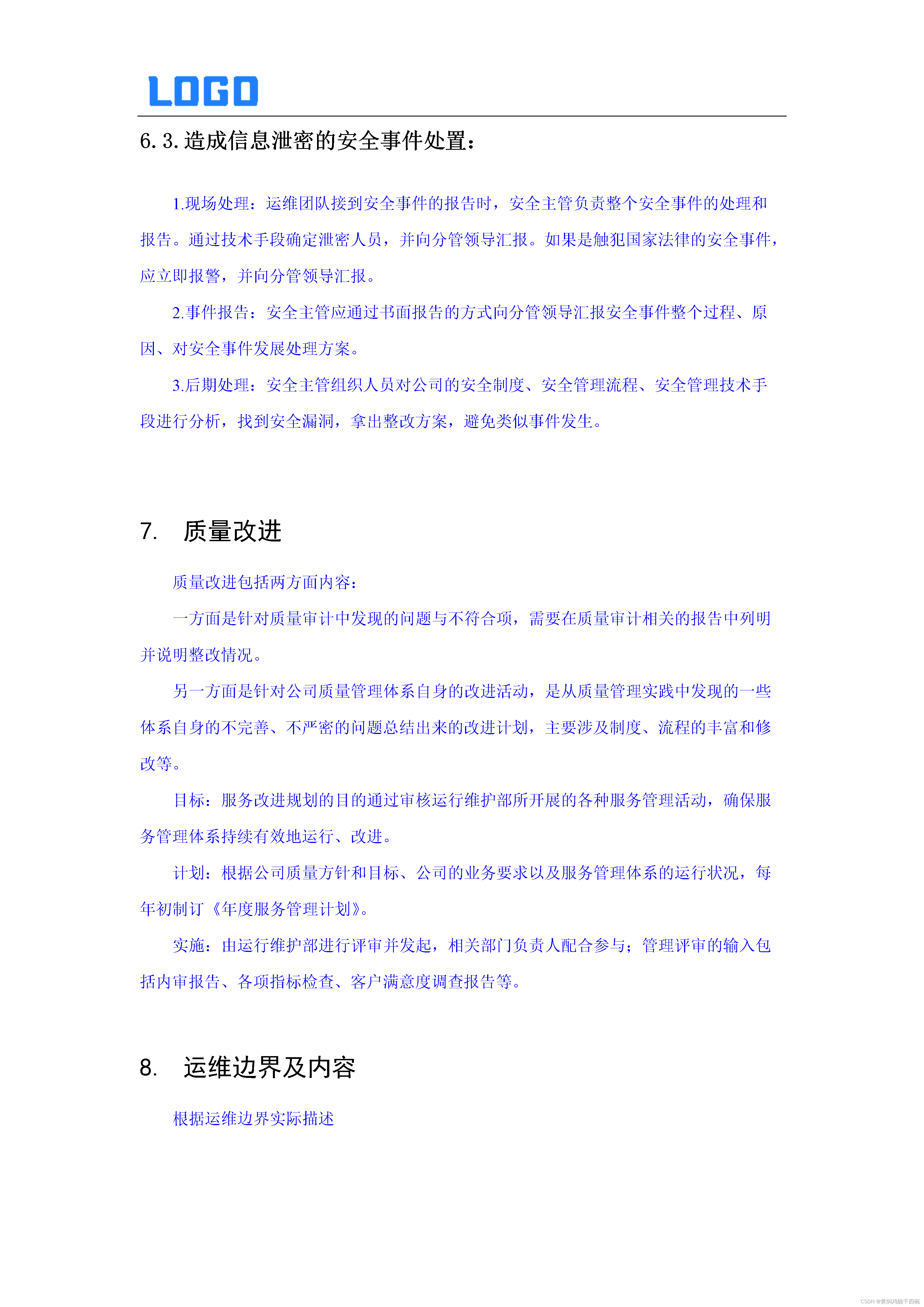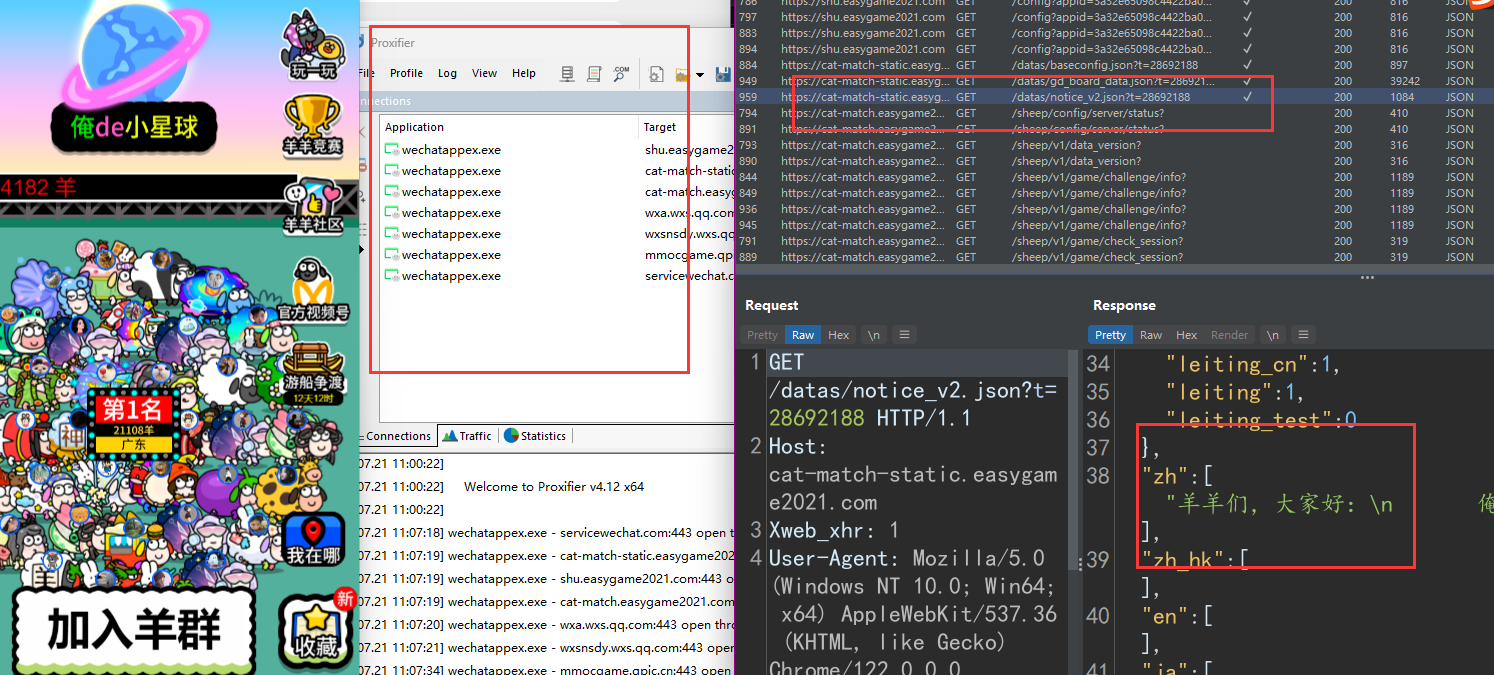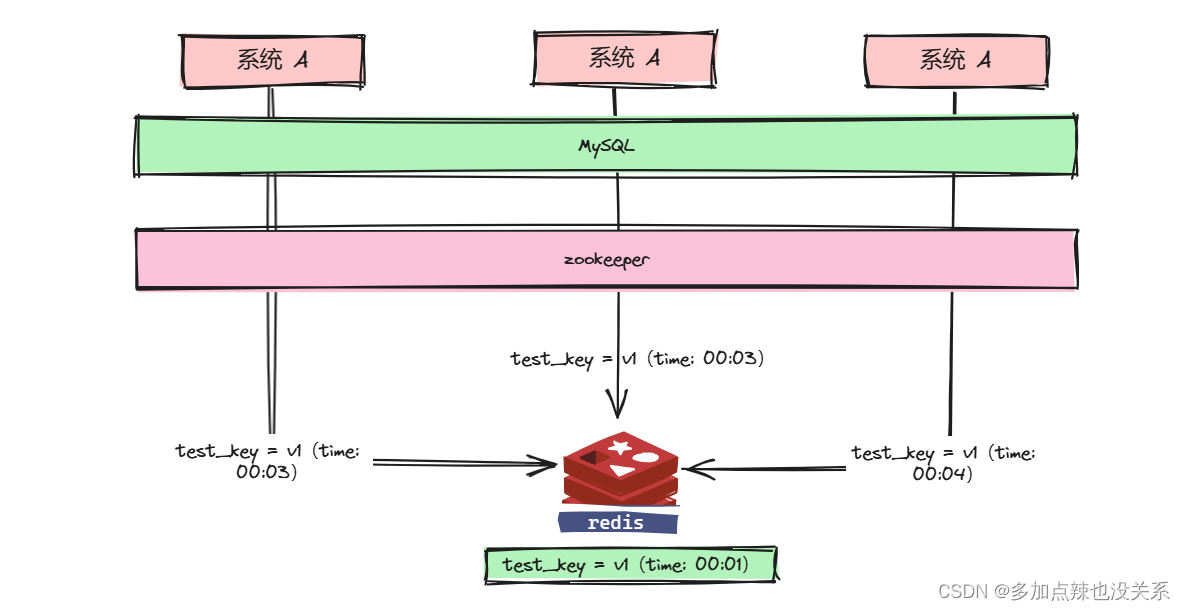润到排序算法了。

顺便复习一下排序算法
easy work
class Solution:
def sortArray(self, nums: List[int]) -> List[int]:
nums.sort()
return nums 11种排序算法
11种排序算法
# 选择排序
def selectsort(s):
for i in range(0,len(s)-1):
curmin=inf
curidx=-1
for j in range(i,len(s)):
if s[j]<curmin:
curmin=s[j]
curidx=j
if curidx!=-1:
s[i],s[curidx]=s[curidx],s[i]
#冒泡排序
def bubblesort(s):
for i in range(len(s)-1,-1,-1):
for j in range(0,i):
if s[j]>s[j+1]:
s[j+1],s[j]=s[j],s[j+1]
#插入排序
def insertsort(s):
n=len(s)
for i in range(1,n):
x=s[i]
j=i-1
while j>=0:
if x<=s[j]:
s[j+1]=s[j]
j-=1
else:
break
s[j+1]=x
#归并排序
def merge(s,start,mid,end):
tmp=[]
l=start
r=mid+1
while l<=mid and r<=end:
if s[l]<=s[r]:
tmp.append(s[l])
l+=1
else:
tmp.append(s[r])
r+=1
tmp.extend(s[l:mid+1])
tmp.extend(s[r:end+1])
for i in range(start,end+1):
s[i]=tmp[i-start]
def mergesort(s,start,end):
if start==end:
return
mid=(start+end)//2
mergesort(s,start,mid)
mergesort(s,mid+1,end)
merge(s,start,mid,end)
#桶排序(适用于数据分布均匀的排序)
def bucketsort(s):
maxv=max(s)
minv=min(s)
bucket=[[],[],[]]
bucketCount=3
perbucket=(maxv-minv+bucketCount)//bucketCount
for num in s:
bucketidx=(num-minv)//perbucket
bucket[bucketidx].append(num)
for i in range(bucketCount):
selectsort(bucket[i])
idx=0
for i in range(bucketCount):
for j in bucket[i]:
s[idx]=j
idx+=1
#计数排序(适用于数据范围小的排序,空间换时间)
def countsort(s):
cnt=max(s)+1
counter=[0]*cnt
for x in s:
counter[x]+=1
s.clear()
for i in range(len(counter)):
s.extend([i]*counter[i])
#基数排序
def radixsort(s):
base=1
maxv=max(s)
while base<=maxv:
bucket=[]
for idx in range(10):
bucket.append([])
for num in s:
idx=num//base%10
bucket[idx].append(num)
l=0
for idx in range(10):
for v in bucket[idx]:
s[l]=v
l+=1
base*=10
#快速排序
def quicksortpivot(a,start,end):
pivot=start
j=start+1
for i in range(start+1,end+1):
if a[i]<=a[pivot]:
a[i],a[j]=a[j],a[i]
j+=1
a[pivot],a[j-1]=a[j-1],a[pivot]
pivot=j-1
return pivot
def quicksort(a,start,end):
if start>=end:
return
pivot=quicksortpivot(a,start,end)
quicksort(a,start,pivot-1)
quicksort(a,pivot+1,end)
#随机快速排序
def quicksortpivot(a,start,end):
randidx=random.randint(start,end)
a[start],a[randidx]=a[randidx],a[start]
pivot=start
j=start+1
for i in range(start+1,end+1):
if a[i]<=a[pivot]:
a[i],a[j]=a[j],a[i]
j+=1
a[pivot],a[j-1]=a[j-1],a[pivot]
pivot=j-1
return pivot
def quicksort(a,start,end):
if start>=end:
return
pivot=quicksortpivot(a,start,end)
quicksort(a,start,pivot-1)
quicksort(a,pivot+1,end)
#希尔排序
def shellsort(a):
n=len(a)
gap=n//2
while gap>0:
for i in range(gap,n):
x=a[i]
j=i
while j>=gap:
if x<a[j-gap]:
a[j]=a[j-gap]
else:
break
j-=gap
a[j]=x
gap//=2
#堆排序
def maxheapify(heap,start,end):
son=start*2
while son<=end:
if son+1<=end and heap[son+1]>heap[son]:
son+=1
if heap[son]>heap[start]:
heap[start],heap[son]=heap[son],heap[start]
start,son=son,son*2
else:
break
def heapsort(a):
heap=[None]+a
root=1
l=len(heap)
for i in range(l//2,root-1,-1):
maxheapify(heap,i,l-1)
for i in range(l-1,root,-1):
heap[i],heap[root]=heap[root],heap[i]
maxheapify(heap,root,i-1)
return heap[root:]详细可看
. - 力扣(LeetCode)











![[trick]使用生成器打破嵌套循环](https://i-blog.csdnimg.cn/direct/7a867cf378a54fd1a5ed34a018ba2b14.jpeg)







